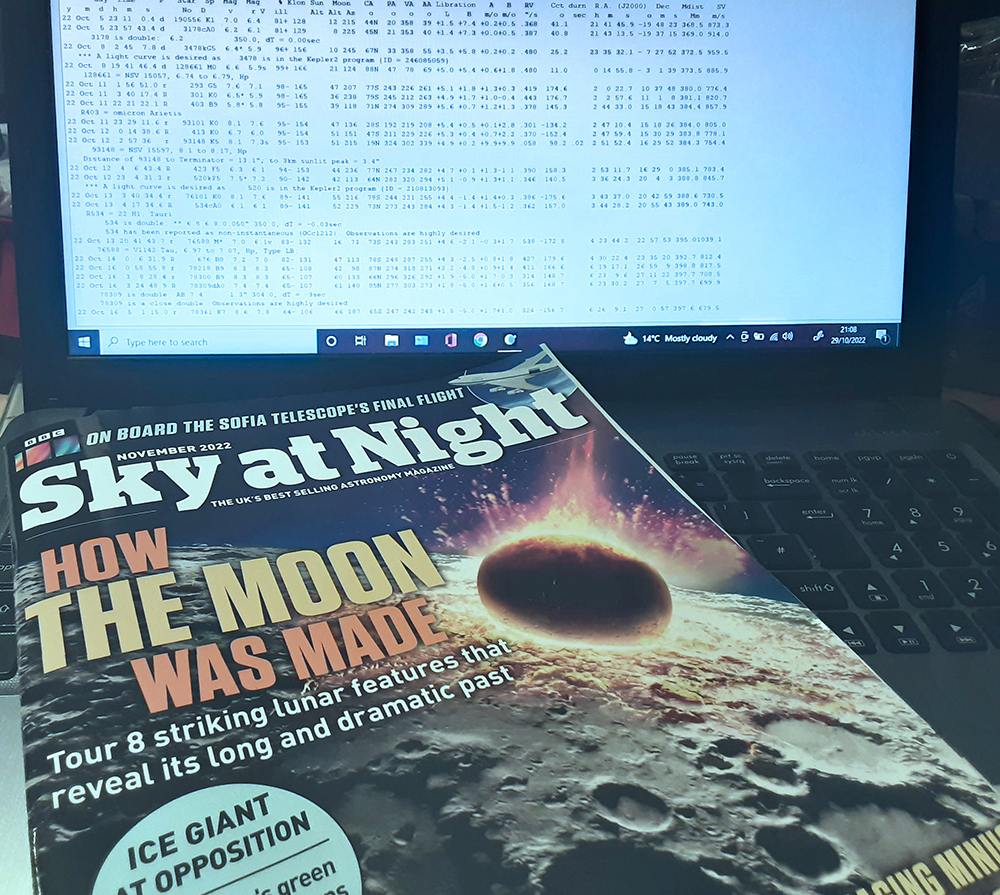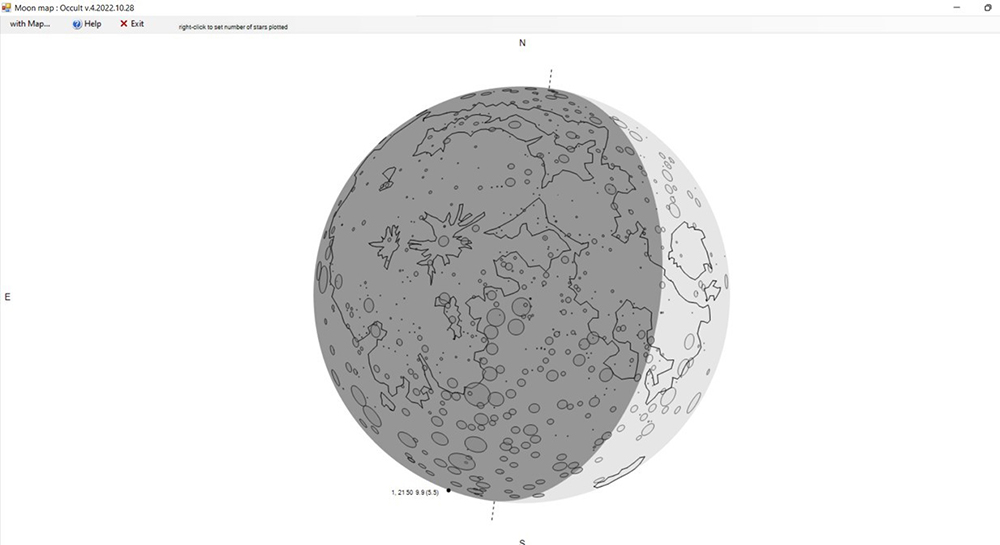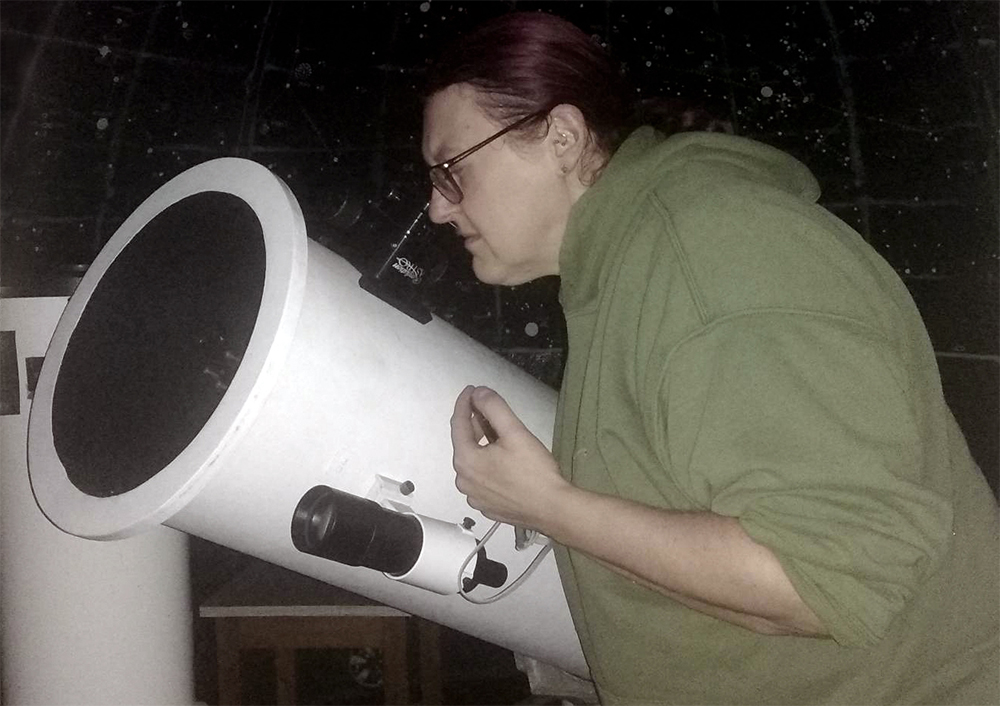In astronomy, occultations are when one Solar System body moves in front of a more distant astronomical object.
Most commonly occultations involve stars or a planet, but they can be, for example, an asteroid occulting a star.
The common factor is that light from the distant object is blocked for a short time as the occulting body passes in front of it.
As the Moon orbits Earth, it hides stars and planets, and these are known as lunar occultations.
The Moon moves within 5° either side of the ecliptic and so doesn’t occult the same objects all the time.
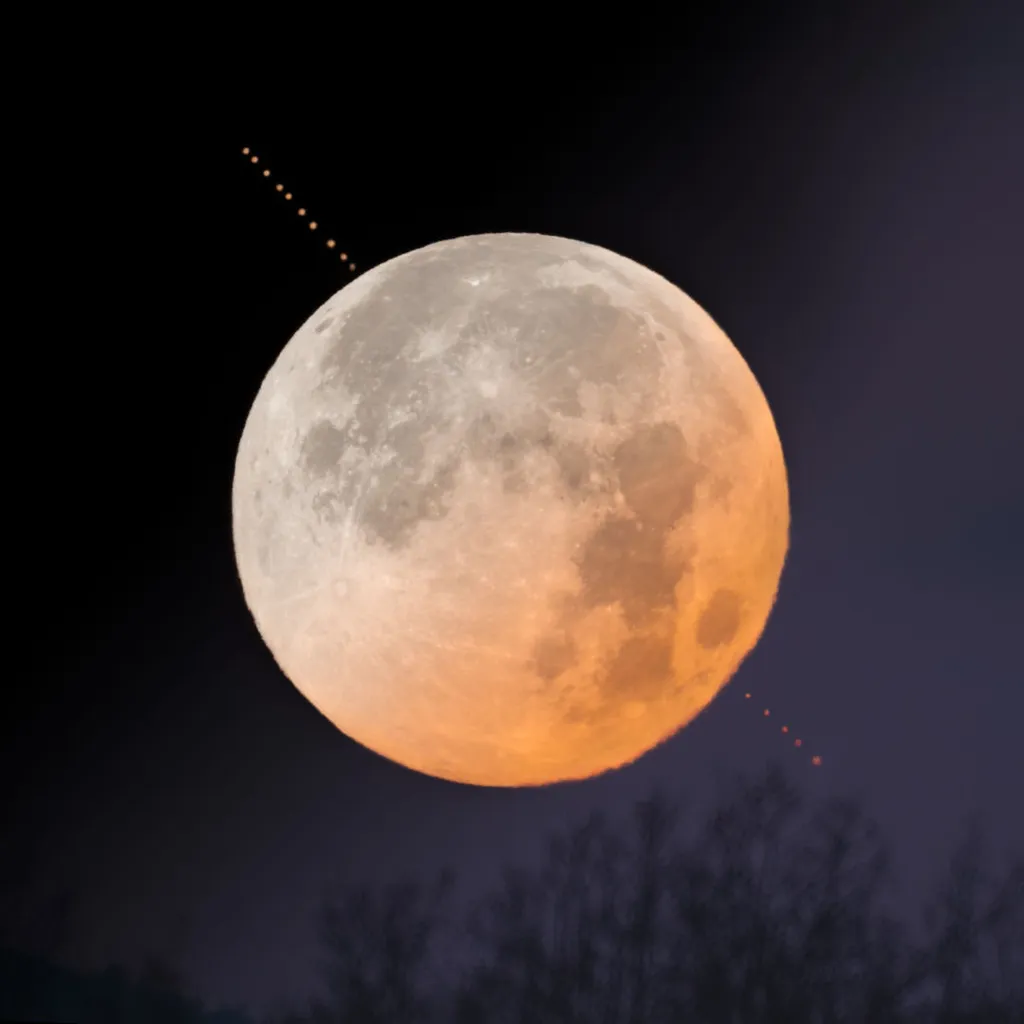
Occultations are time- and place-dependent, so not everyone will be able to see the same occultation, and those who can will see it at slightly different times.
Lunar occultations have given observers the chance to discover double and multiple stars.
First-magnitude Antares, for example, hides its fifth-magnitude companion Antares B in its glare, but during a lunar occultation when the main star is hidden behind the Moon, the companion star becomes briefly visible.
During an occultation the star’s light will ‘go out’ instantly as if someone had just switched it off.
If the star being occulted happens to be close to the north or south poles of the Moon, then a ‘grazing occultation’ occurs, where the star disappears and reappears behind lunar features seen in profile on the Moon’s edge or limb.
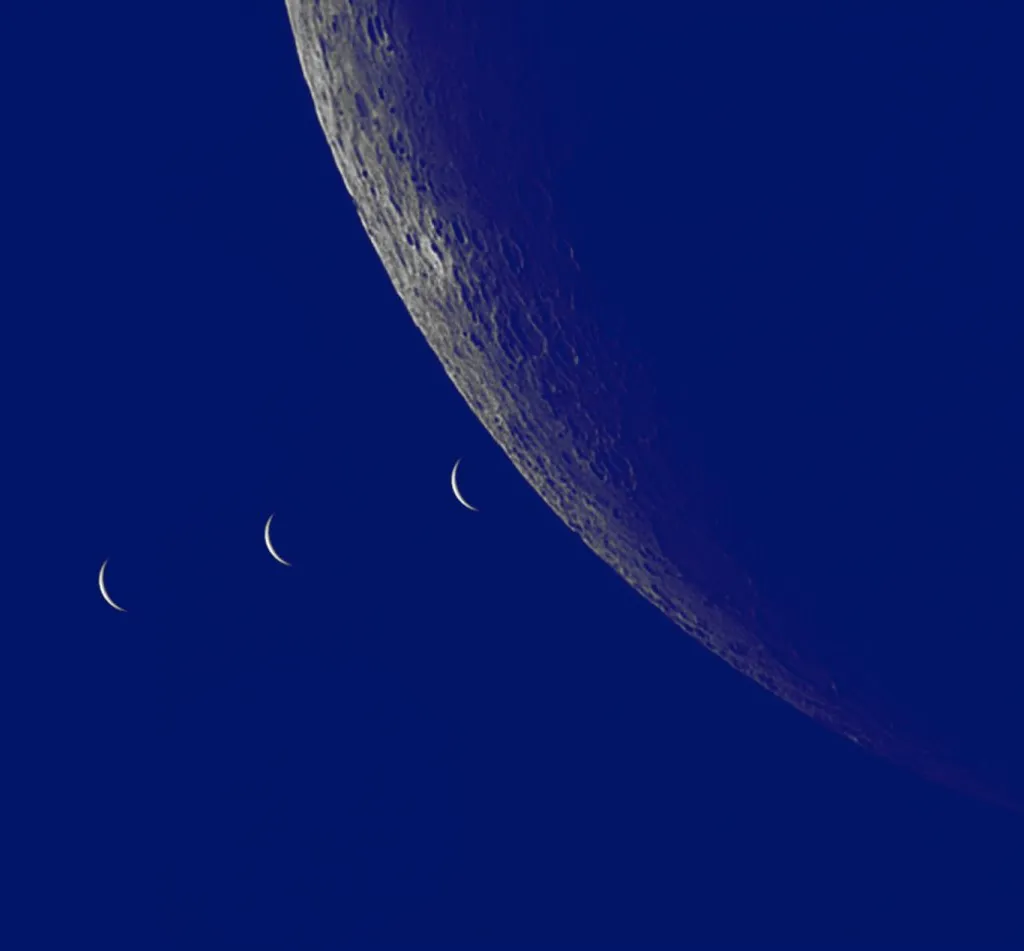
Observing a lunar occultation
Occultations are best observed when they take place at the dark, unlit, limb of the Moon.
Disappearance is easier to observe, as you can watch the Moon and star get ever closer.
To document your observation and send the information to an astronomical society or scientific body, record your location, equipment, the occulted star and time of the event, as well as anything unexpected you observed.
Along with a telescope, to record an event you can use a stopwatch and an accurate clock with a seconds readout.
You won’t be able to watch the occultation and keep an eye on what the real time is, so keep your eye on the sky. As soon as the occultation happens, start the stopwatch.
Later, at a suitable moment, look at your clock and stop the stopwatch, noting that time down.
Deducting the stopwatch time from the clock’s time will tell you the exact time that the occultation began.
Occultations are easy and satisfying to observe, especially for novice observers, and it is something that can be done on those nights when the Moon’s light takes deep-sky targets off the menu.
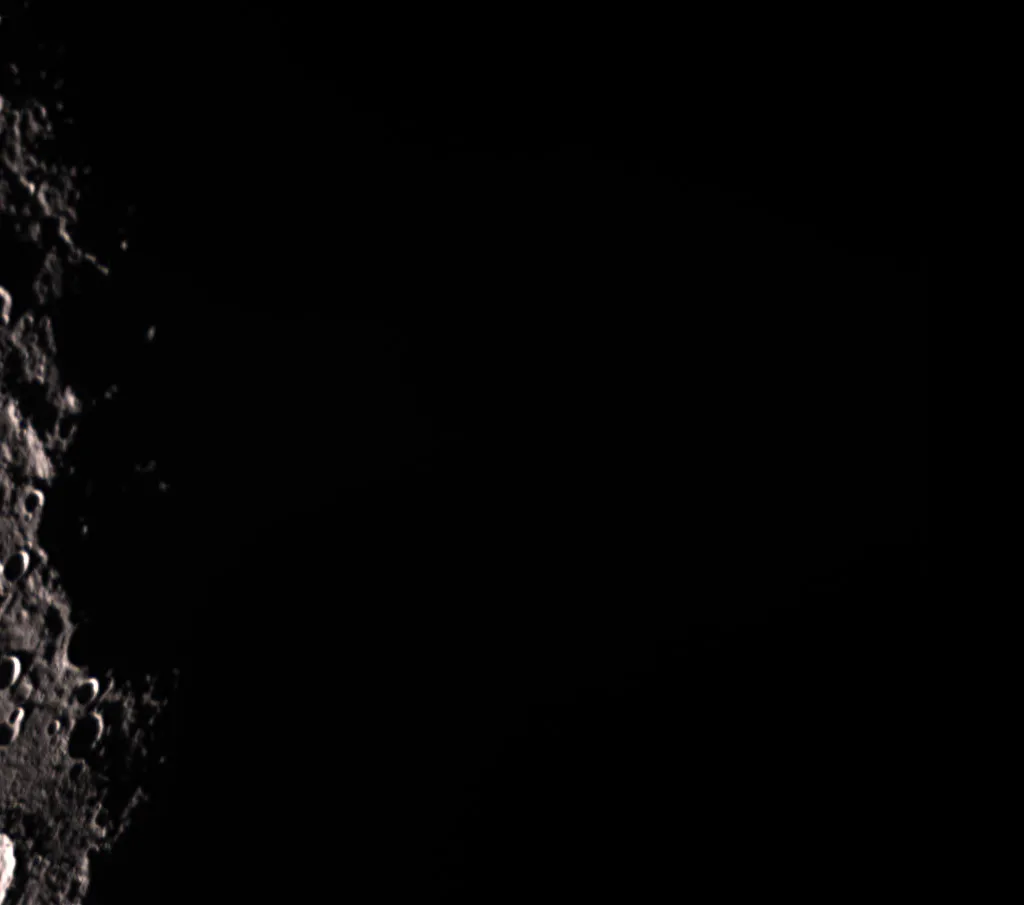
Equipment for predicting and observing occultations
Software for predicting lunar occultations, available from the International Occultation Timing Association (IOTA), occultations.org.
Publications that give lunar occultation predictions of brighter objects but not location-specific timings. For example, BBC Sky at Night Magazine or those from national astronomy societies
A stopwatch to record the time of an event
An accurate clock with a seconds readout
A telescope; a useful size is a 4-inch refractor or larger, depending on the brightness of the object being occulted
A template for recording your observations or an astronomy observation notebook
